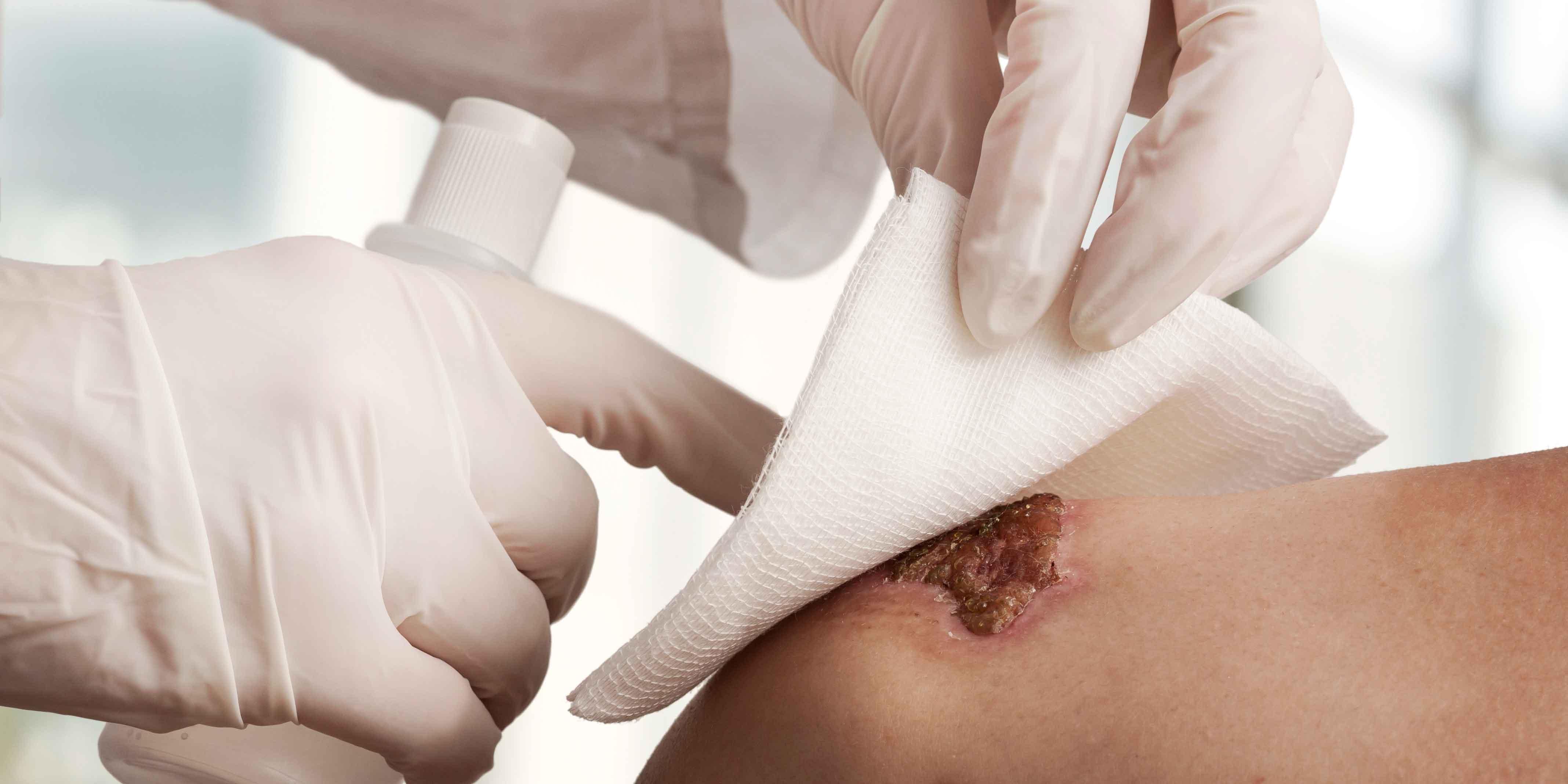Ever wonder where clinicians come up with some of the treatments we unfortunately see in wound care today?

By Bill Richlen, PT, WCC, DWC
Does it leave you scratching your head or pulling out your hair? I am sure there are plenty of wound care examples we could discuss for hours (with plenty of laughs).
Yet that doesn’t solve the problem or change the hearts and minds of clinicians — or wound dabblers — who feel those treatments are proper wound care.
Here’s a look at a few “inappropriate” treatments I have come across in my years as a wound specialist.
Let’s dissect them to understand what the “rationale” may have been and discuss why common sense, logic and scientific evidence doesn’t support them as proper wound care.
Case 1: Treatment orders for Iodosorb to wound, then pack with Dakin’s-soaked Kerlix covered with a Maxorb or OptiLock dressing QD or BID.
Where do we begin? Based on the products chosen, we presume the clinician felt there was a bioburden issue and a lot of drainage.
The choice of an iodine-based dressing is solid as these products are one of the few with clinical evidence of reducing the bioburden in a wound.
However, the addition of Dakins solution after would seem to be overkill on several fronts for proper wound care.
- First, the clinician likely is using Dakin’s because they believe it is antimicrobial, yet that is not supported with any evidence. Unless they were using full-strength Dakin’s — which is highly unlikely — there is no evidence of antimicrobial effects outside of in-vitro testing, according to the journal Advances in Skin and Wound Care.
- Second, if Dakin’s was antimicrobial, it would need to be applied first so the solution actually reached the tissue.
- Third, if the wound is draining maximally — as assumed because of the need of an absorptive primary and secondary dressing — why would one add a wet dressing to the treatment?
- Finally, the frequency seems a bit excessive based on the use of a cadexomer (fancy word for starch) dressing and a Maxorb or OptiLock, which should be able to handle typical draining wounds for longer than a day.
The frequency is likely based on the Dakin’s, which typically is applied BID or QD. What would make this treatment more effective and evidence-based is discontinuing the Dakin’s altogether and reducing the frequency to every two to three days.
Case 2: Santyl covered with collagen flakes then an Aquacel Ag.
Based on the products chosen, we would assume the wound still has necrotic tissue and there is significant drainage. As long as there is a minimal to moderate amount of necrotic tissue, Santyl would be an appropriate option for proper wound care.
However, collagen products should be used with mostly clean wounds since their primary function is to promote granulation tissue and not to debride.
The next concern is the placement of the products in the wound. If one is putting nickel-thick Santyl over the entire wound bed, then adding collagen flakes, how effectively is the collagen going promote granulation tissue sitting on top of Santyl?
This brings up another concern, which is the interaction between the collagenase in Santyl and the collagen in the flakes. Not all collagen dressings are compatible with Santyl.
Another concern is the drainage. The use of hydrofiber dressings are recommended for heavy draining wounds.
If that is the case with this wound, how effective will Santyl or collagen be with so much exudate potentially flushing it away from the wound bed? And for heavy draining wounds, it is recommended to change Santyl BID.
Lastly, how cost effective is this treatment? We already have demonstrated the effectiveness is not likely to be very high, but the cost will be.
Santyl generally runs about $200 per ounce, while the collagen flakes are about $100 per application, according to the nurse who reported this treatment. An Aquacel Ag runs about $20 to $30 per dressing.
One doesn’t need serious math skills to see the cost per day will be astronomical.
Case 3: Maalox and Epsom salt
This falls under what I like to call voodoo medicine, and yes, this was an actual ordered treatment. There is no indication for either product to be placed in an open wound or evidence that it helps heal wounds.
Always remember our patients deserve solid, evidence-based treatments that have common sense, logical rationales for proper wound care.
Earn wound care certification with our institute today to learn about proper wound care.
What do you think?

